The Park is one of Tanzania’s most treasured landmarks and a top destination for visitors. Discover the wonders of this extraordinary mountain park, including its location and the diverse wildlife that inhabits it!
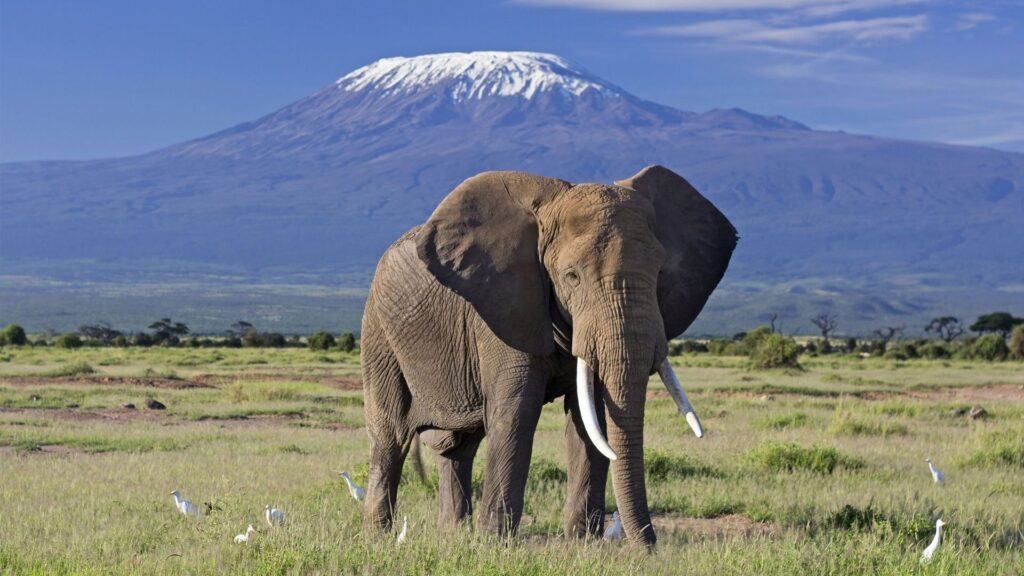
Kilimanjaro National Park, located in northern Tanzania, is a truly remarkable destination.
What sets it apart is its status as the home of Africa’s tallest peak—Mount Kilimanjaro, towering at an impressive 5,895 meters. What makes this even more extraordinary is how the mountain emerges from an expansive, flat plain.
Unlike many iconic peaks that are part of vast mountain ranges, such as Mount Everest in the Himalayas or Mount Aconcagua in the Andes, Mount Kilimanjaro stands alone. This is because it was once a volcano, allowing it to rise prominently in a flat landscape. Its isolated position means you can enjoy uninterrupted views of the majestic mountain from miles away, even across the border in Kenya.
Kilimanjaro National Park was made a UNESCO World Heritage site in 1987.
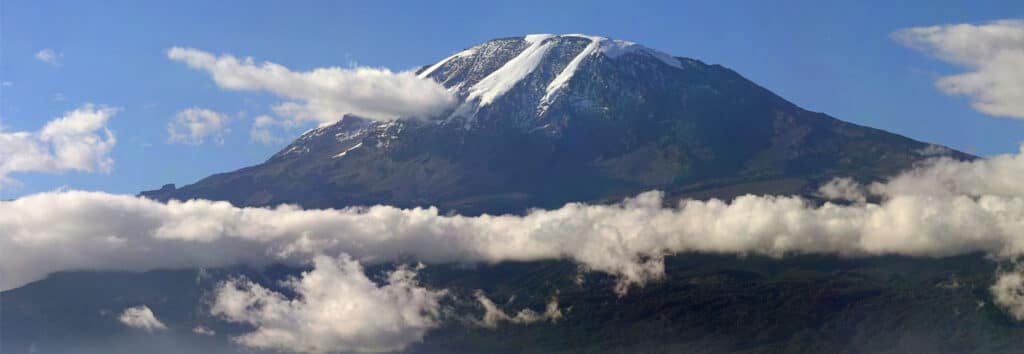
Mount Kilimanjaro, the tallest mountain in Africa, reaches an impressive height of 5,895 meters (19,341 feet) above sea level. Not only does it hold the title of Africa’s highest peak, but it is also the tallest free-standing mountain in the world, rising 4,900 meters (16,076 feet) from its plateau base. To put that into perspective, that’s five vertical kilometers of towering majesty—a testament to its extraordinary scale and grandeur.
From a distance, it’s hard to grasp the sheer magnitude of this iconic peak. However, the true enormity of Kilimanjaro becomes apparent only when you’re on the mountain itself, taking step after step toward the summit. As you ascend, you experience its vastness firsthand, with each stride revealing the immense scale of this natural wonder.
This immersive journey not only highlights the mountain’s physical dominance but also deepens the sense of awe and accomplishment for those who undertake the climb.
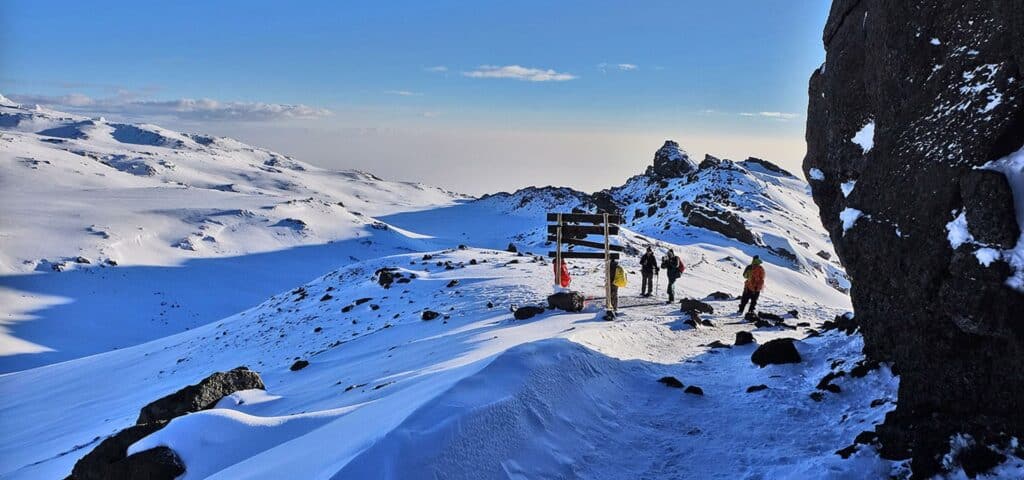
Kilimanjaro National Park is located in the northeast of Tanzania, in eastern Africa. You can see it in the top-right corner in the map below.
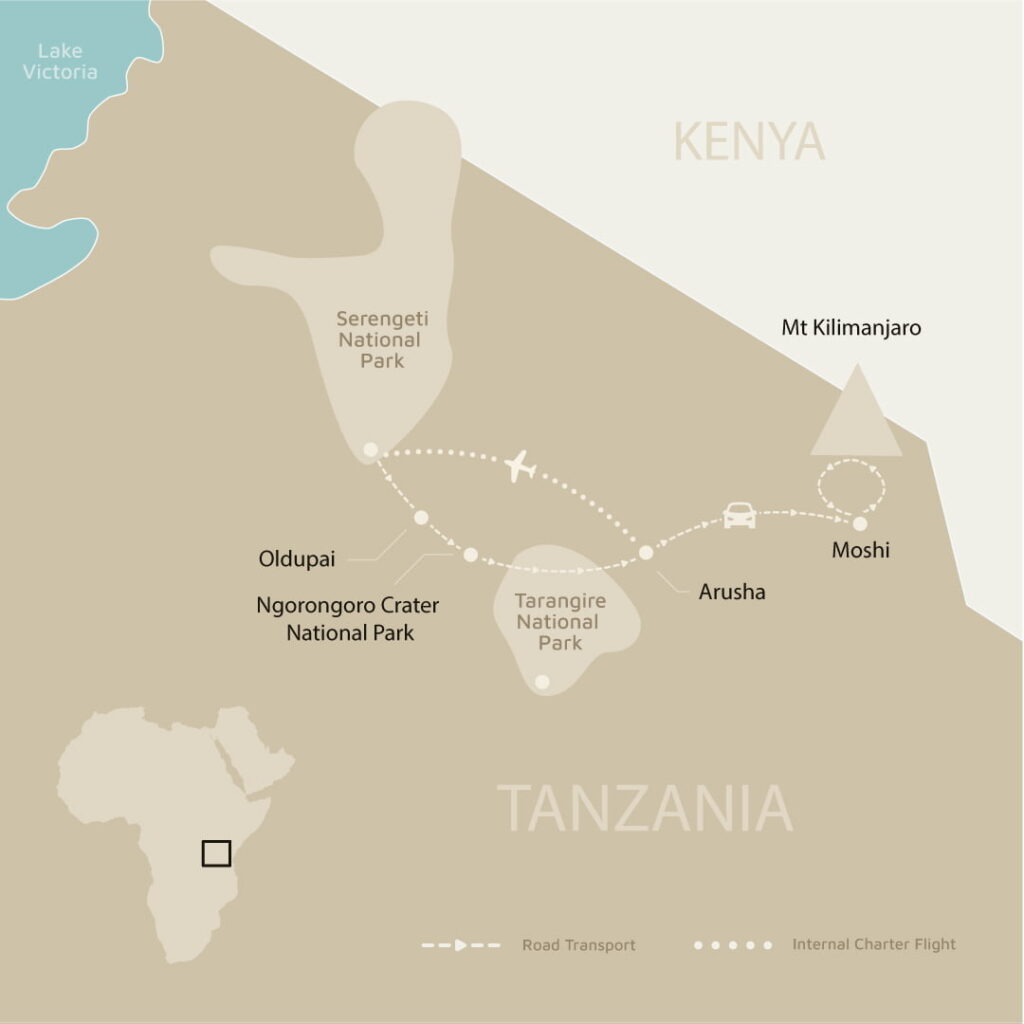
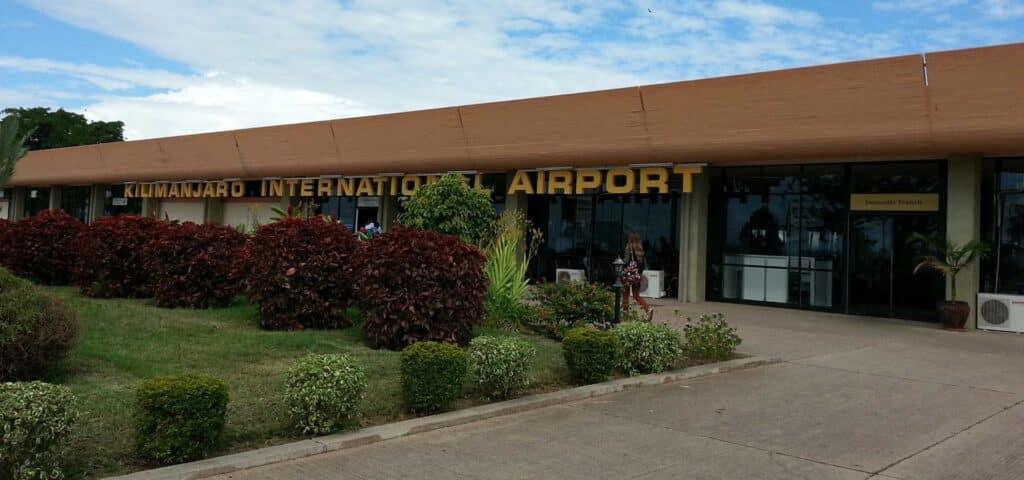
The most convenient way to reach Kilimanjaro National Park is by flying into Kilimanjaro International Airport. From there, it’s a 75 km drive to the park, taking approximately 90 minutes.
Another option is to travel from Julius Nyerere International Airport, located just outside Dar es Salaam, Tanzania’s largest city on the eastern coast. However, this journey covers over 500 km and takes about nine hours by car.
Alternatively, you could fly into Jomo Kenyatta International Airport in Nairobi, Kenya. The drive to the park from Nairobi is around 200 km. Keep in mind, though, that you’ll need a Kenyan visa and will have to go through border control to enter Tanzania.
Airport Transfers Made Easy
If you’re climbing Kilimanjaro with Great Image Expedition, we can arrange to pick you up from Kilimanjaro International Airport (JRO) for a seamless start to your adventure.
Most travelers visiting Kilimanjaro National Park choose to stay in either Moshi or Arusha. It’s important to note that accommodation within the park itself is only available during a Kilimanjaro climb, as the park is primarily a protected area for trekking and conservation.
Moshi, located just a short distance from the park, is particularly convenient for those using the southern entrance. This proximity makes it an ideal choice for quick access to the mountain. On the other hand, Arusha, though over two hours away by car, serves as a popular base for travelers planning to explore both Mount Kilimanjaro and the safari parks of Tanzania’s Northern Circuit. This makes Arusha a versatile hub for combining mountain adventures with wildlife experiences.
At our company, we cater to our clients’ preferences by offering stays in both Moshi and Arusha. The lodges we partner with are carefully selected for their comfort, quality, and scenic settings. Many of these lodges feature amenities such as outdoor swimming pools and relaxing lounge areas, providing the perfect retreat to unwind after the physical demands of a Kilimanjaro trek. Whether you prefer the proximity of Moshi or the broader travel opportunities of Arusha, we ensure your stay is as comfortable and enjoyable as possible.
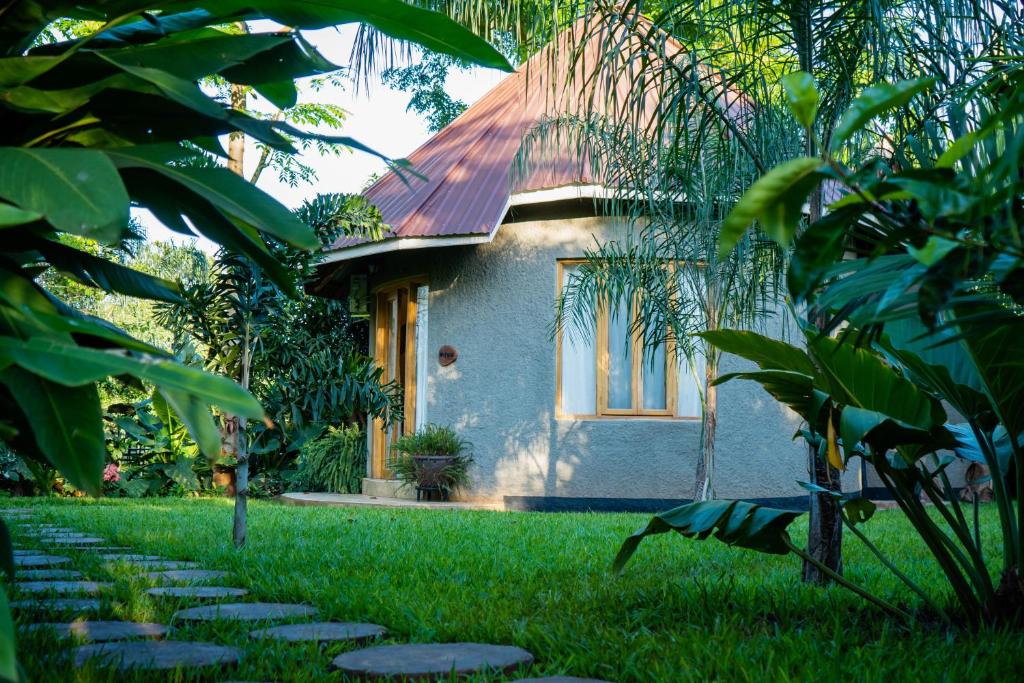
During the Kilimanjaro trek, climbers stay in either tented camps or huts, depending on the route. The huts, provided by the park, are large, permanent structures and are only available on the Marangu route, the mountain’s original trail.
For all other routes, camping is the norm. Tour operators supply trekkers with essential camping equipment, including sleeping tents, a mess tent, and a toilet tent. For more details, check out Sleeping on Kilimanjaro.
One of the most memorable parts of the climb is relaxing with a hot drink, enjoying the stunning views, and sharing stories with your group. Meanwhile, our dedicated mountain crew sets up camp and prepares a delicious dinner, letting you unwind in comfort after a day of trekking.
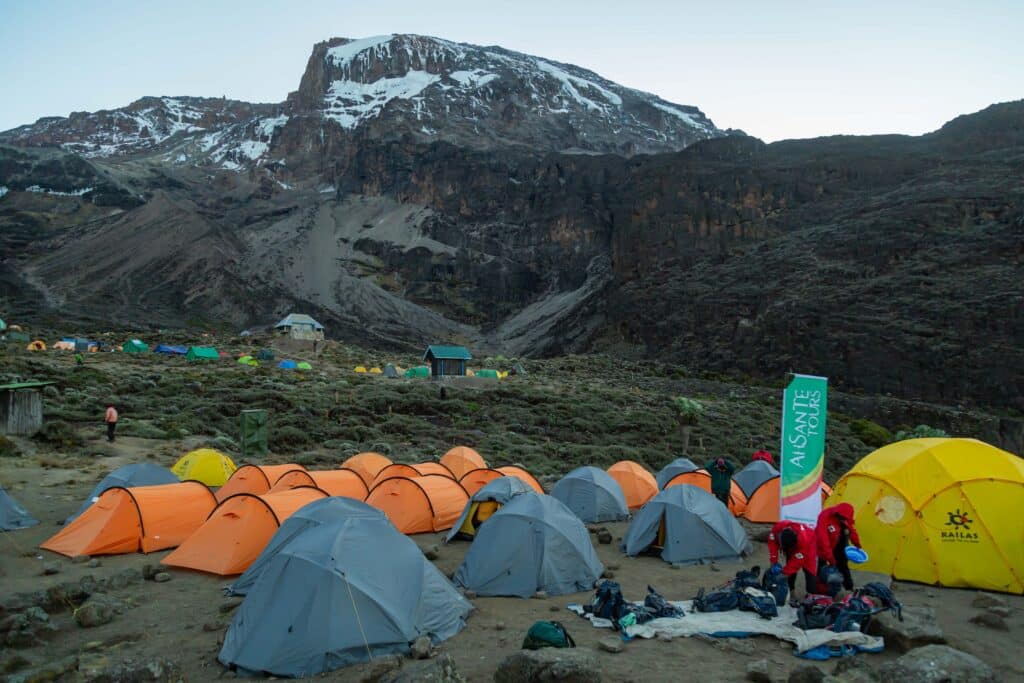
Tanzania is generally a safe country to visit. Like in most places, urban areas have a higher risk of theft and pickpocketing. However, when you venture into the countryside and parks, such as Kilimanjaro National Park, safety concerns significantly diminish. The region is dedicated to ecotourism, and the local people are known for being friendly, welcoming, and helpful.
Mount Kilimanjaro is an inactive volcano that hasn’t erupted in over 200 years. It’s also classified as a non-technical mountain, meaning no prior mountaineering experience or specialized equipment is required to hike it. All you need are warm clothing, sturdy hiking boots, strong legs, and plenty of determination. While the climb is challenging, it’s an achievable adventure for many.
The primary risk when climbing Kilimanjaro is altitude sickness. Fortunately, you can minimize this risk by taking proper precautions. Choosing a route with a good acclimatization profile is essential. One of the best options is the Lemosho route, which offers stunning scenery and a gradual ascent to help your body adjust to the altitude.
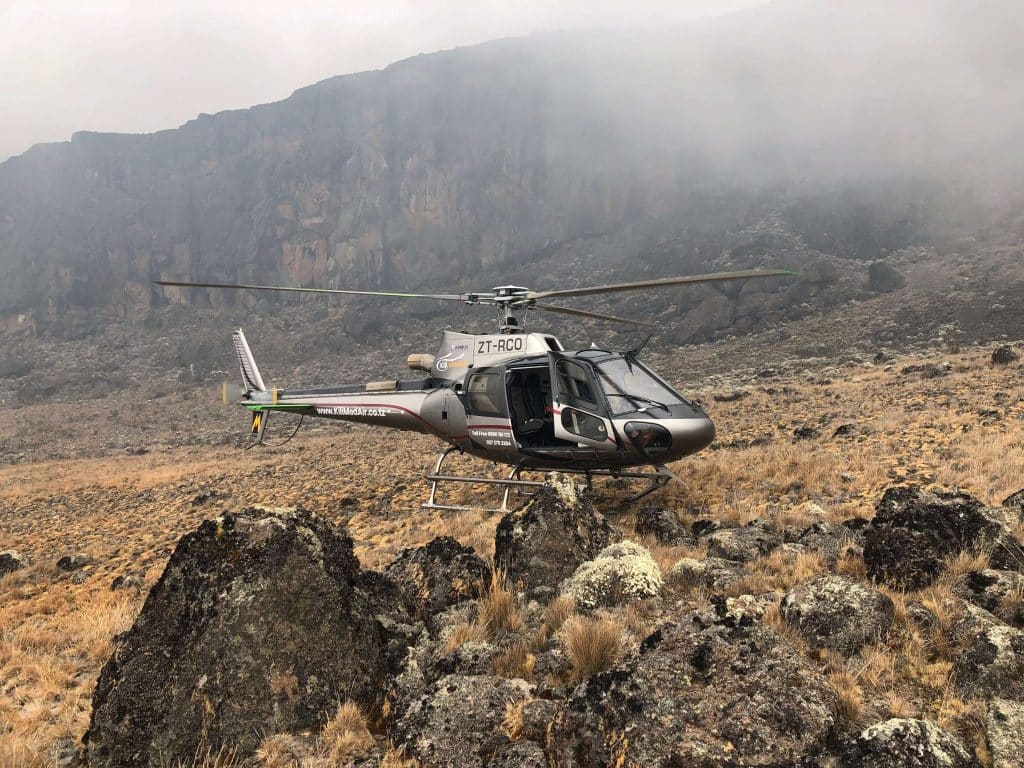
Kilimanjaro is home to an incredible variety of wildlife, thanks to its five distinct ecological zones, each providing a unique environment for different species. In the lower regions, you’ll find elephants, leopards, giraffes, buffaloes, hyenas, and various antelopes. However, climbers don’t typically pass through these areas, so it’s best not to expect sightings of large game during your trek.
The most exciting ecological zone for wildlife enthusiasts is the rainforest band. This area is alive with activity, and its star attractions include monkeys, particularly the striking black-and-white colobus monkeys. You might also spot graceful duikers, klipspringers, and even the fascinating three-horned Jackson’s chameleon if you keep a keen eye out.
The rainforest also boasts remarkable birdlife. Look out for vibrant and rare species such as Hartlaub’s turacos, silvery-cheeked hornbills, African pittas, malachite sunbirds, and African pygmy kingfishers. It’s a birdwatcher’s paradise!
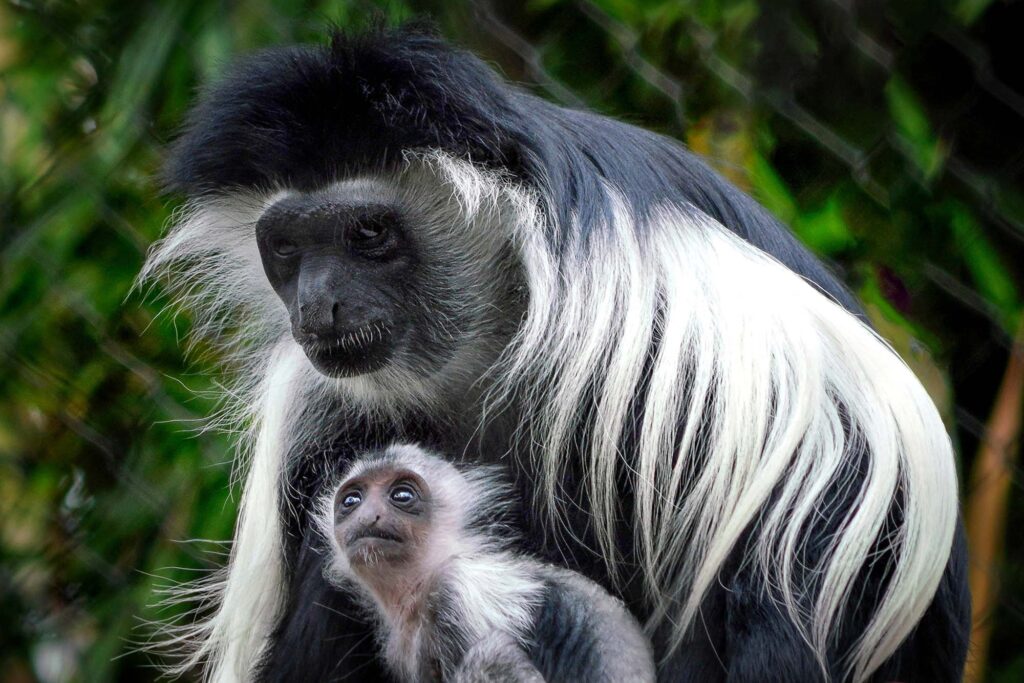
To learn more, and see some great pics, please go to Animals on Kilimanjaro.
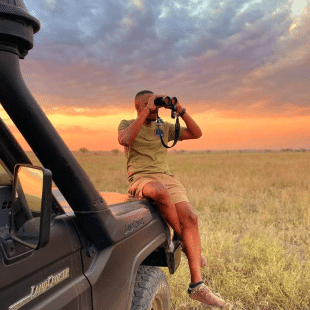
Head of written content